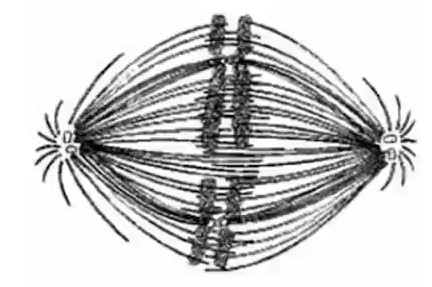TLS Online TPP Program
More Questions
TLS Online TPP Program
#Question id: 31055
#Unit 4. Cell Communication and Cell Signaling
MEK is a kinase that phosphorylates its target proteins on:
TLS Online TPP Program
#Question id: 31056
#Unit 4. Cell Communication and Cell Signaling
Raf and analogous MEK phosphorylating kinases in cells are often called:
TLS Online TPP Program
#Question id: 31057
#Unit 4. Cell Communication and Cell Signaling
Mutations in the Raf gene that lock its kinase domain in a permanently activated conformation, in absence of growth factors, resulting:
TLS Online TPP Program
#Question id: 31058
#Unit 4. Cell Communication and Cell Signaling
MAP kinase also phosphorylates and activates yet another kinase, termed as:
TLS Online TPP Program
#Question id: 31059
#Unit 4. Cell Communication and Cell Signaling
Activated MAP kinase phosphorylates the HER1 EGF receptor on a threonine residue near the juxtamembrane domain. Phosphorylation of this threonine residue:
TLS Online TPP Program
#Question id: 31060
#Unit 4. Cell Communication and Cell Signaling
Active MAP kinase phosphorylates Raf on multiple sites, results:

